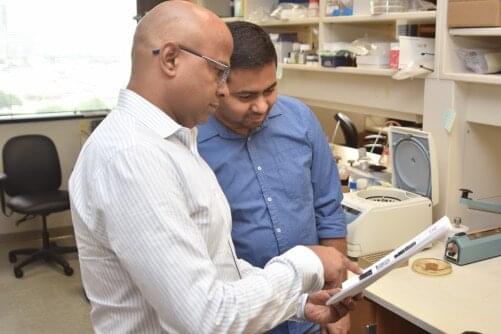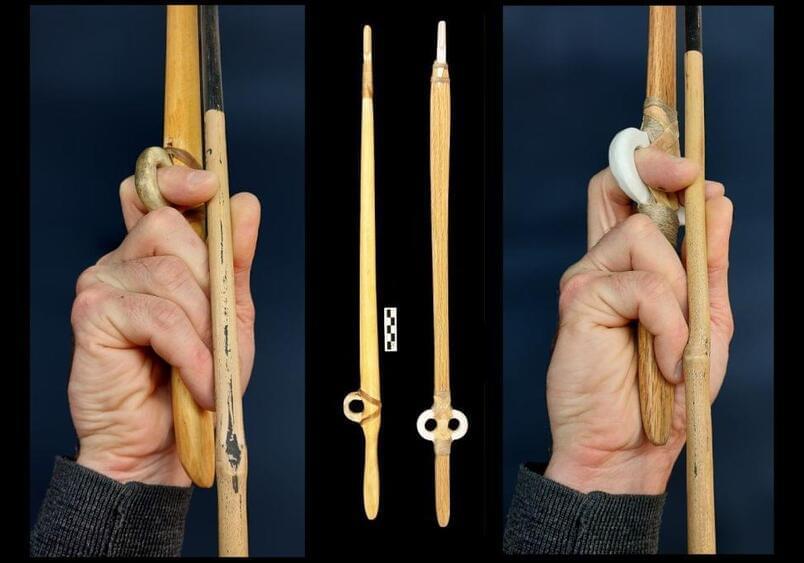Long a matter of philosophical speculation, the idea of multiple realities has been given new artistic licence by physics.


A great video on the history of electric cars. I love the AI voice. Also notice Tesla was incorporated in July 2003 by Martin Eberhard and Marc Tarpenning as Tesla Motors. The company’s name is a tribute to inventor and electrical engineer. Elon Musk was an investor.
While electric vehicles (EV) have only recently begun to challenge the internal combustion engine (ICE) for the future of our roads, EVs have been around for over a century. The long history of EVs has been one of many twists and turns.
In this video, you can get a clear idea about the birth, the downfall, rebirth and the rise of electric cars around the world.
Due to this rise of electric mobility, many vehicle manufacturers have stated their intentions to stop IC Engine car sales in certain locations and go electric. For example, GM plans to stop making gasoline passenger cars, vans, and SUVs by 2035. Cadillac, Honda, Jaguar Land Rover, Mercedes, Mini, Volvo, and Volkswagen have all made similar commitments.
Whilst we may not know exactly what the future holds, together these factors point to a bright future for electric mobility.
To instantly view good quality videos related to sustainable living, nature, energy and climate change, subscribe to Eco snooki now.

It took Da Vinci 16 years to paint the Mona Lisa. Some say he needed 12 years just to paint her lips.
There is no truth to the rumors that slow Internet was the cause.
But Da Vinci, a polymath who dabbled in botany, engineering, science, sculpture, and geology as well as painting, surely would have appreciated a new text-to-image generative vision transformer developed by Google Research.

Mitochondria that power cellular activity fragment and change shape in breast cancer cells that migrate to the brain, an adaptation that appears necessary for the cells to survive, UT Southwestern Medical Center researchers report in a new study. The findings, published in Nature Cancer, could lead to new ways to prevent brain metastases, or the spread of cells from primary tumors to the brain.
“Through mitochondrial plasticity, these cancer cells undergo metabolic reprogramming that aids their survival in the brain niche that otherwise would not be available to them. Exploiting this vulnerability could offer a way to prevent brain metastases,” said study leader Srinivas Malladi, Ph.D., Assistant Professor of Pathology at UT Southwestern and a member of the Harold C. Simmons Comprehensive Cancer Center.
Metastatic cancer, which is treated as stage IV cancer, is responsible for the majority of cancer deaths.

In short, data-driven solutions themselves are only part of the overall approach. It is the effective integration of this fast-evolving technology into existing workflows and processes that leads to successful business outcomes.
The first step to integrating AI is identifying places and processes where it can help increase efficiency or accuracy. Businesses should step back and identify their pain points, creating a list of processes that are slow, tedious, cumbersome or suffering from a lack of staff. They should also analyze where additional data or information could help make better decisions.
In the pharma industry, data-driven AI solutions have been widely adopted in sales and marketing processes. For example, by analyzing patient and physician data, electronic medical records and demographic information, AI algorithms can identify trends, patterns and insights that help sales representatives tailor their messaging and presentations to specific HCPs.


The current understanding of the biology of aging is largely based on research aimed at identifying factors that influence lifespan. However, lifespan as a sole proxy measure of aging has limitations because it can be influenced by specific pathologies (not generalized physiological deterioration in old age). Hence, there is a great need to discuss and design experimental approaches that are well-suited for studies targeting the biology of aging, rather than the biology of specific pathologies that restrict the lifespan of a given species. For this purpose, we here review various perspectives on aging, discuss agreement and disagreement among researchers on the definition of aging, and show that while slightly different aspects are emphasized, a widely accepted feature, shared across many definitions, is that aging is accompanied by phenotypic changes that occur in a population over the course of an average lifespan. We then discuss experimental approaches that are in line with these considerations, including multidimensional analytical frameworks as well as designs that facilitate the proper assessment of intervention effects on aging rate. The proposed framework can guide discovery approaches to aging mechanisms in all key model organisms (e.g., mouse, fish models, D. melanogaster, C. elegans) as well as in humans.
Keywords: Aging; experimental design; lifespan; models; phenotypes.
Copyright © 2023 Elsevier B.V. All rights reserved.

Researchers at the University of Houston are working to make T-cell immunotherapy safer, developing a tool called CrossDome, which uses a combination of genetic and biochemical information to predict if T-cell immunotherapies might mistakenly attack healthy cells.
T-cell based immunotherapies hold tremendous potential in the fight against cancer and infectious diseases, thanks to their capacity to specifically target diseased cells, including cancer metastasis. Nevertheless, this potential has been tempered with safety concerns regarding the possible recognition of unknown off targets displayed by healthy cells.
In one case, scientists created special T-cells that were supposed to target a protein found in a type of skin cancer called melanoma. However, these T-cells also ended up attacking a different protein found in the heart cells of some patients. This caused severe damage to the heart.


NEW YORK, June 13 (Reuters) — Meta Platforms (META.O) said on Tuesday that it would provide researchers with access to components of a new “human-like” artificial intelligence model that it said can analyze and complete unfinished images more accurately than existing models.
The model, I-JEPA, uses background knowledge about the world to fill in missing pieces of images, rather than looking only at nearby pixels like other generative AI models, the company said.
That approach incorporates the kind of human-like reasoning advocated by Meta’s top AI scientist Yann LeCun and helps the technology to avoid errors that are common to AI-generated images, like hands with extra fingers, it said.